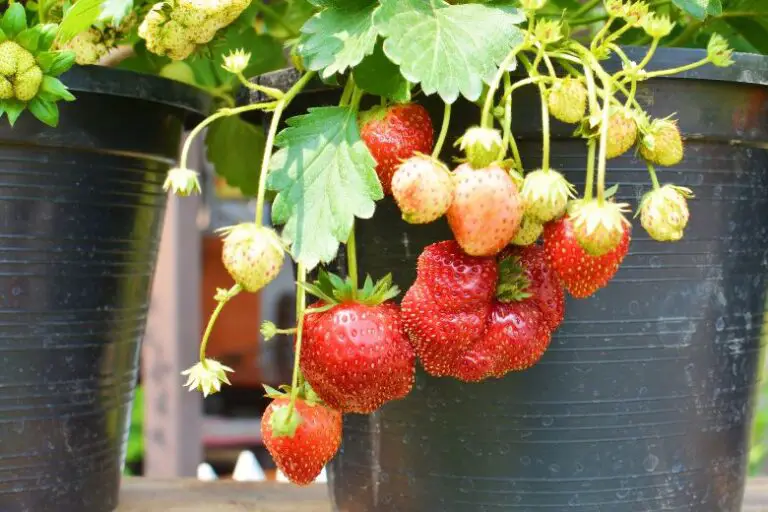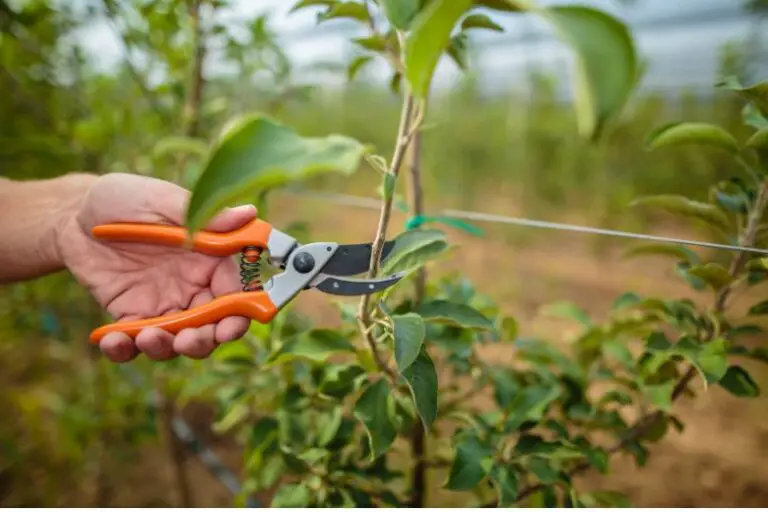How Long Does It Take for Corn to Mature
When it comes to corn, one of the most common questions that arise is, “How long does it take for corn to mature?” Corn is a staple crop, widely cultivated around the world for its versatility and various uses. From being a vital component in human and animal diets to being used in numerous industrial applications, corn plays a crucial role in our lives.
Understanding Corn Growth Stages
Germination: The Beginning of Life
The life cycle of corn begins with germination. Once the seeds are sown in the soil, they absorb moisture and break open, allowing the tiny seedling to emerge. During this stage, the seedling establishes its root system and absorbs essential nutrients from the soil to fuel its growth.
Seedling Stage: Taking Root
As the seedling continues to grow, it develops its first leaves, known as cotyledons. The root system becomes more established, providing the plant with a stable foundation. During this phase, it is crucial to provide sufficient water and nutrients to support healthy growth.
Vegetative Stage: Growing Tall
During the vegetative stage, the corn plant focuses on upward growth. It produces additional leaves and stems, gaining height and size rapidly. This stage is critical for the plant to capture sunlight efficiently, which is essential for photosynthesis.
Reproductive Stage: The Birth of Corn
As the corn plant matures, it transitions to the reproductive stage. This is when the tassels, which contain pollen, form at the top of the plant. Meanwhile, the ears develop on the lower part of the plant, which contains the potential kernels.
Milk Stage: The Transition
The milk stage marks the beginning of kernel development. The kernels are in the early stages of formation and are filled with a milky, watery substance. At this point, the corn requires consistent water and nutrient supply for optimal kernel development.
Dough Stage: Filling the Kernels
In the dough stage, the kernels begin to harden and solidify. The milky substance transforms into a dough-like consistency. This phase is crucial for determining kernel size and weight.
Dent Stage: Reaching Maturity
The dent stage is the final stage before corn reaches maturity. The kernels continue to harden, and a dent appears at the crown of each kernel. At this point, the corn plant has completed its growth, and it is ready for harvest.
Factors Influencing Corn Growth
Climate and Weather
Climate and weather have a significant impact on corn growth and development. Corn thrives in warm temperatures, and frost can be detrimental to its growth. Adequate rainfall during critical growth stages is essential for optimal development.
Soil Quality and Fertility
High-quality soil with proper fertility is vital for corn growth. The soil should be well-drained, rich in organic matter, and have a balanced nutrient profile to support healthy plant growth.
Sunlight and Photoperiod
Corn is a sun-loving plant that requires ample sunlight for photosynthesis. The length of daylight, known as photoperiod, also influences the plant’s development and flowering.
Water and Irrigation
Sufficient water is essential for corn growth, especially during critical stages like germination, flowering, and kernel development. Proper irrigation practices help ensure the corn plant receives the necessary moisture.
Nutrient Availability
Corn requires various essential nutrients, including nitrogen, phosphorus, potassium, and micronutrients. Adequate nutrient availability in the soil is crucial for the plant’s overall health and development.
Plant Density and Spacing
The spacing between corn plants and their density can impact their growth. Proper plant spacing ensures that each plant receives sufficient sunlight, water, and nutrients.
Timeframe for Corn Maturation
Short-Season Corn Varieties
Short-season corn varieties typically take around 70 to 80 days to reach maturity. These are suitable for regions with shorter growing seasons or for farmers who want to harvest their crop earlier.
Medium-Season Corn Varieties
Medium-season corn varieties usually take between 80 to 100 days to mature. They are commonly grown in areas with moderate climate conditions and longer growing seasons.
Long-Season Corn Varieties
Long-season corn varieties require approximately 100 to 120 days to reach maturity. These are best suited for regions with extended warm weather and ample growing time.
Days to Maturity for Popular Corn Types
- Sweet Corn: 60 to 100 days
- Dent Corn: 100 to 120 days
- Flint Corn: 90 to 110 days
- Popcorn: 90 to 100 days
Caring for Corn During Growth
Proper Planting Techniques
The success of corn growth begins with proper planting techniques. Farmers should consider factors like soil temperature and moisture before planting to ensure optimal germination.
Adequate Watering Practices
Consistent and adequate watering is crucial throughout the growth stages of corn. Proper irrigation helps prevent drought stress and ensures healthy kernel development.
Fertilization and Soil Management
Applying the right type and amount of fertilizers is essential for corn growth. Soil testing can help determine nutrient deficiencies and guide farmers in making appropriate fertilization decisions.
Pest and Disease Control
Protecting corn from pests and diseases is essential to ensure a healthy crop. Integrated Pest Management (IPM) practices can help minimize chemical use while effectively managing pests.
Weed Management
Weed competition can significantly impact corn growth. Implementing effective weed control measures, such as mechanical cultivation or herbicide application, is crucial.
Harvesting Corn: Signs of Readiness
Kernel Milkline
One way to determine corn readiness for harvest is by observing the kernel milkline. As the kernels mature, the milkline recedes toward the tip of the kernel.
Ear Declination
When the corn plant is ready for harvest, the ears begin to droop or “decline” from an upright position.
Dry Husks and Brown Silks
The husks and silks of mature corn become dry and turn brown. This is another indicator that the corn is ready for harvest.
Plant Health and Senescence
Observing the overall health and senescence (aging) of the corn plant can also help determine when it is ready for harvest.
Post-Harvest Considerations
Drying and Storage
After harvest, corn needs to be properly dried to prevent mold and ensure safe storage. Farmers can use various methods such as natural air drying or artificial drying systems.
Corn Silage Production
Corn silage, a fermented feed, is a common use of corn. It is produced by chopping the entire corn plant and storing it in silos for animal feed.
Industrial Uses of Corn
Corn has numerous industrial applications, including ethanol production, corn oil extraction, and various bio-based products.
Conclusion
The journey of corn from planting to maturity is a fascinating process influenced by various factors. Understanding the different growth stages and caring for corn throughout its development is vital for a successful harvest. Farmers must pay close attention to weather conditions, soil quality, and nutrient management to ensure the best possible yield. With the right knowledge and practices, corn can be a highly rewarding crop that continues to play a crucial role in our lives







